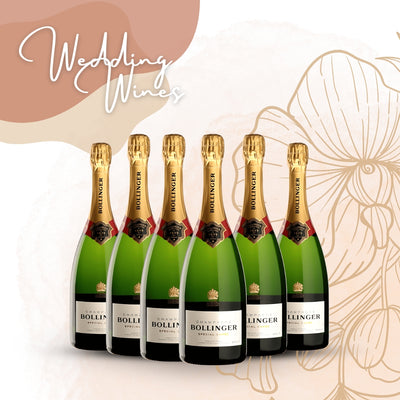Choosing an aged bottle of wine – 3. Cork, Label & Colour
The last articles of the series “choosing an aged bottle of wine”. The last three categories are cork, label and colour.
Old wines are usually with natural cork closure. Since it is covered by capsule, it is hard to tell the conditions only by the look. The corks can carry the information of the winery and vintage. For some rare back vintage fine wines, the capsule might be cut to check the authentication and cork condition. If the foil is cut, the resell value is definitely affected, though it is a common practice at auctions of old wines.
In some cases, elevated (protruding) or depressed (sunken) cork can be found, even with the capsules on. Both occasions indicate possible storage problems, e.g. vibration and temperature, which lead to wine faults like oxidation.
Label has all kinds of important information like producer, wine name, vineyards, vintage, alcohol by volume, etc. For old wines, even if it is stored properly, there might be some issues due to natural ageing of the label (paper material) or the humidity of the cellar. The main thing about the label of the old bottles, for me, is the readability. There are a lot of different names describing these kinds of label, e.g. bin soiled, stained, scuffed, fade, torn, etc. of course it affects the cost, but the content of the bottle usually is not affected too much. Just beware of the seepage or drops of wine marks spotted on the label. Sometimes the wines might be relabelled, especially those ex-chateau/ex-domaine.
Another thing about label is whether it is US or non-EU strip labels. Some would think that the condition of these wines which have travelled the whole world usually is not at its best. Depending on the wines or producers, the marketable value can be reduced by 10%-30% with strip labels. Of course, there are some exceptions like Mouton 1993. I tend to avoid, but why not if the provenance and merchants are trust-worthy?
For colour, very easy! Do not pick wines with very cloudy colour or bright young ones. If it is an aged bottle of wine, the liquid should not be showing vibrant ruby colour, unless if it is a fake bottle. For the cloudy wines, it might be an indication of wine faults like bacterial infections.
Continue with the two back-vintage bottles from the last article, you can see that the cork and colour are all not very good. The labels of both bottles are in good conditions. For the cork, the 1966 is relatively dry while 1969 is already shrunk. Both wines are cloudy, showing that there might be some wine faults. When I nosed them, the 1966 showed faults of volatile acidity with nail polish flavour. Had a tiny little sip, it was totally off. For 1969, my friend said it is so oxidised and undrinkable while the other friend and I thought it was still fine, though the finish was very short.
I believe drinking old wines is just like drinking all types of wines, which depends on the personal taste and preference. Drink the other day a 1971 Barbaresco, the condition of it was just so good! Time was needed though to let it express itself. So be patience with your old wines!





